Finally picked up my first lathe! It will need some elbow grease but I think I got a nice little unit! Soaking in a coating of WD-40 since I put in the garage last night.
Got a box full of the gears and doo dads I still need to sort out. Came with a manual but the mice must have gotten to it before I could and destroyed it. I cant seem to find a definite identification marking either.
If anyone can tell me what model it is that would be awesome! I am thinking from what I have read so far it's possibly a 10-D?
My first order of business will be to clean up and inspect everything.
Enough talk more pics!
For those of you that don't want to read and just see pics here is the full gallery.
http://imgur.com/a/SkdG4
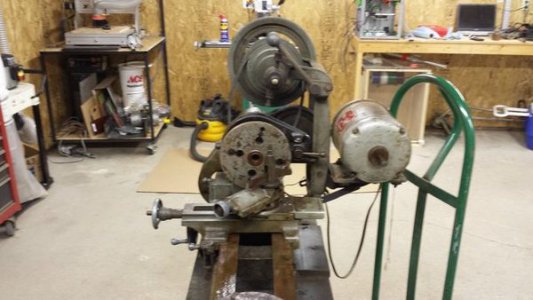
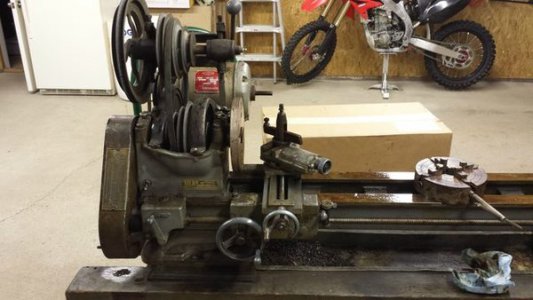
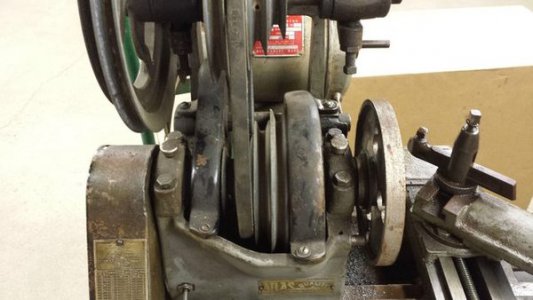
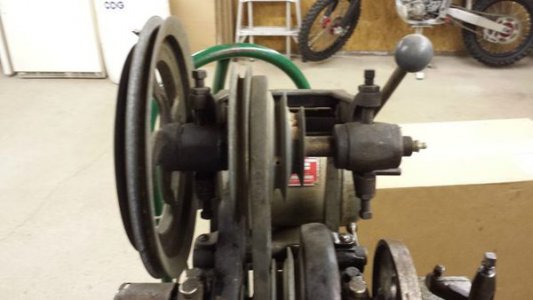
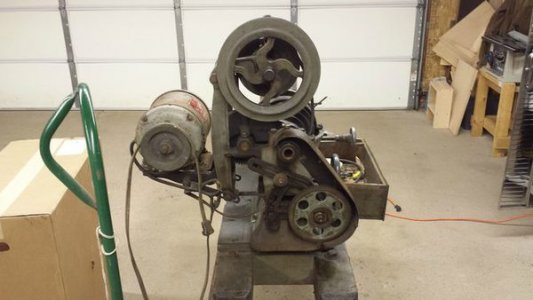
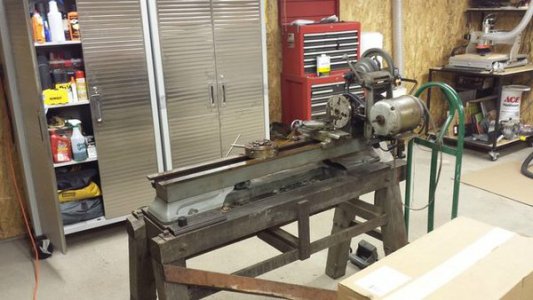
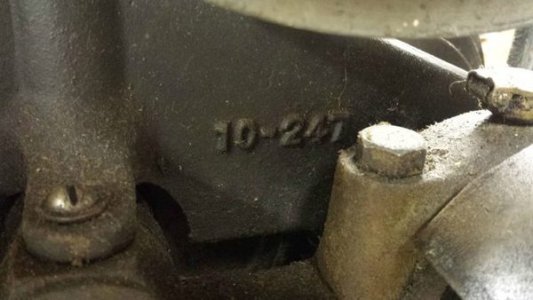
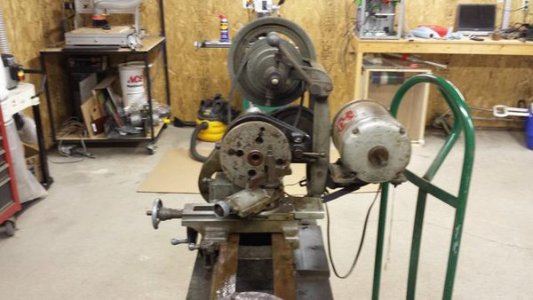
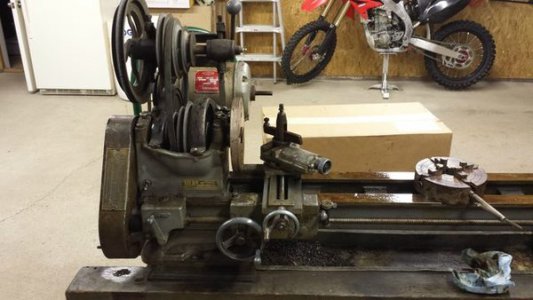
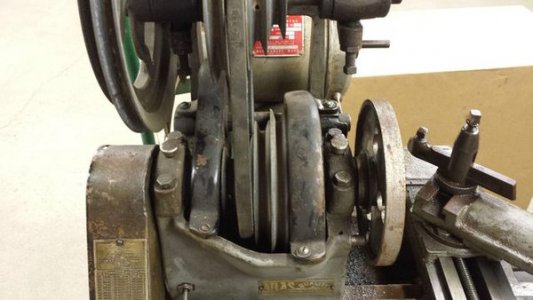
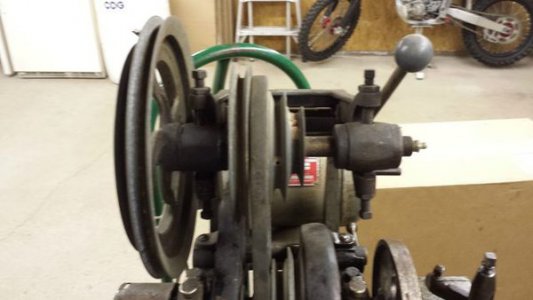
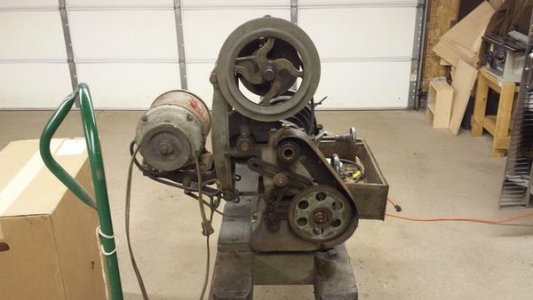
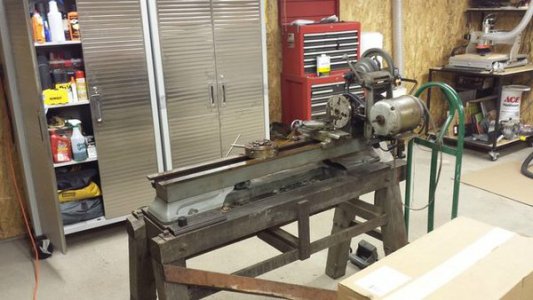
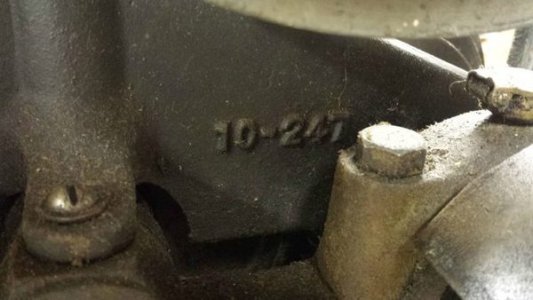
Got a box full of the gears and doo dads I still need to sort out. Came with a manual but the mice must have gotten to it before I could and destroyed it. I cant seem to find a definite identification marking either.
If anyone can tell me what model it is that would be awesome! I am thinking from what I have read so far it's possibly a 10-D?
My first order of business will be to clean up and inspect everything.
Enough talk more pics!
For those of you that don't want to read and just see pics here is the full gallery.
http://imgur.com/a/SkdG4














Last edited:
